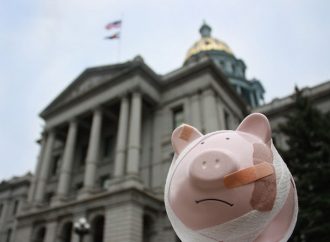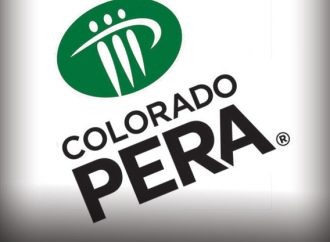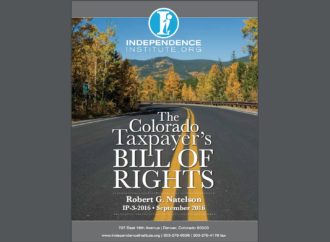Evaluating Gov. Polis's Tax Reform Agenda: Tax Expenditures vs. Broad-Based Tax Relief
- January 23, 2024

This report identifies and explores possible grounds for, and consequences of, skills gaps in Colorado’s labor market. Imbalances between job openings and job applicants are neither new nor largely unique to Colorado. Every state examined in this report suffers longstanding labor supply/demand imbalances, including gaps between the skill requirements of high-paying jobs and the skills
READ MORE
INTRODUCTION By mid-March 2020, it was apparent that a major pandemic was in process. Estimates were that millions upon millions of Americans would die from COVID-19 and that there would be insufficient hospital resources to treat all the expected chronic cases. As a result, almost all states instituted shelter-in-place emergency orders. Given the available information,
READ MOREWith the 2021 Colorado regular legislative session concluded, lawmakers have approved tax and fee increases on Coloradans of up to $617 million annually without voter consent. The new revenues are enough to give every schoolteacher in Colorado a $11,343.65 per year raise. The tax and fee increases amount to an average of $430 per year
READ MORE
This issue paper discusses how Colorado has created loopholes, such as fees and enterprises, to bypass the Taxpayer’s Bill of Rights (TABOR).
READ MORE
Colorado’s Public Employee Retirement Association, PERA, is the public pension plan for Colorado’s state workers and public school teachers, as well as some local government employees. PERA has five major divisions, State Division, School Division, Denver Public Schools Division, Local Government Division, and Judicial Division. Far and away, the two largest divisions are the State and School Division.
PERA’s largest offering is its Defined Benefit plan, which promises lifetime benefits for retirees, based on age at retirement and years worked. It functions in lieu of Social Security for its active members. The plan is funded by a combination of government contributions and member contributions, which vary from division to division. PERA also offers a smaller Defined Contribution plan.
READ MORE
Nearly all American constitutions, federal and state, contain financial restrictions. Some of the state restrictions are very comprehensive. So Colorado’s “Taxpayer’s Bill of Rights” (TABOR) is not as “unique” as both its friends and its enemies claim. But TABOR is probably the most famous provision of its kind.
READ MORE